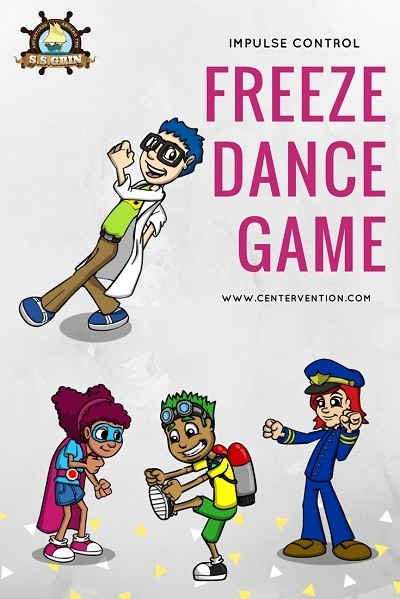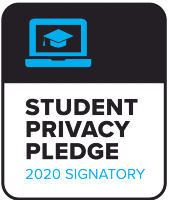Ever find yourself asking a student who’s made a questionable choice, “Why would you do something like that?” only to be answered with, “I don’t know” and a shrug? When it seems like a student has acted on impulse, it can be frustrating– especially if a friend gets hurt or something gets broken– but as many teachers know, self-control is a complex skill and is something that many children struggle with. Learning to manage it takes time and patience, and a quick Freeze Game can be a great way to reinforce the idea.
There’s been a lot of research around impulsivity, self-control, and delayed gratification in kids, and the Marshmallow Test is perhaps the best known study. This experiment examined whether children could delay gratification if they recognized the consequences versus the reward for their behavior. After being given one marshmallow, children who managed to wait for a period before eating it would receive a second one, while those who did not wait wouldn’t. As you might imagine, this created quite some interesting data as children wrestled with self-restraint and impulsivity! The test has been replicated again and again and, though there is some debate on the long-term implications of a child’s performance on the task, the famed experiment certainly has many merits in helping us understand the roots of temptation and the difficulty of controlling our impulses.
From this and similar research, we’ve come to understand that children can learn to identify impulsive thinking and behavior, and can use this knowledge improve efforts to exhibit self-control. This work can be practiced in the classroom, and a conversation about making good choices helps steer students on a path that reaps the benefits of delayed gratification. As the Marshmallow Experiment creator, Dr. Walter Mischel noted, “If the conditions that facilitate self-control, and those that undermine it, could be identified, perhaps they could be harnessed to teach people who have trouble waiting to be better at it.”
This lesson does just that, and helps students explore and identify the consequences of impulsive behavior, practice self-control through a fun dancing activity, and learn the mantra Freeze and Plan!
Recommended Grade Level: Elementary
SEL Skill(s): Impulse Control
Duration: 30 minutes
Materials:
- Music
- Impulse Control Poster
Freeze Game Activity Instructions
Begin by asking the group if they can think of a time when they were tempted to do something that they knew they should not do. Give the example of seeing a freshly baked plate of cookies, but being told by a parent to wait until after dinner to have one. Explain that they would smell the cookies and would really want one, but they would also know what they had been told. Ask:
- What would you do? Would you wait until after dinner, or try to sneak one?
- What might happen if you took the cookie anyway?
As you discuss this as a group, explain that sometimes it’s hard to walk away from things that we really want. If we don’t think first, it’s called acting on impulse, but when we are able to Freeze our actions and Plan our choices– like when we decide it’s best not to take the cookie– we show impulse or self-control. Say:
It’s important to think about the consequences, or bad things, that might happen if we act on impulse. What might happen if:
- You start working on a test before the teacher gives all of the directions because you want to get it over with?
- You take apart a friend’s Lego structure without asking first because you have an awesome building idea?
- You throw a ball towards a classmate who isn’t looking because you want them to play with you?
Tell students that before they act quickly, it’s important to Freeze and Plan.
Kinesthetic Practice
A game of Freeze Dance will help students connect the idea of pausing in a moment of impulsivity to FREEZE their actions and PLAN their choices. Say: When you are making choices it can be really tricky to freeze and plan when you want to move quickly, just like having to freeze when you are having fun dancing.
Tell students as they dance they will need to pay close attention, because when it stops, they will have to freeze in place, even if they’re mid-motion! Each time the music pauses ask, “Freeze and what?” and have students reply, “Freeze and Plan!” as they stop.
Play several rounds to get the wiggles out and connect the mind and mantra to the action of taking pause.
Closure
After the freeze game, remind students that they can always freeze and plan their choices when they are tempted to act quickly.
Write FREEZE AND PLAN on the Impulse Control Poster. Have students come up with other ways they might slow their impulses and record their answers on the poster (examples might be Ask first, Wait patiently, Take a break, Slow down).
Hang the poster in the classroom as a reminder to practice self-control.

